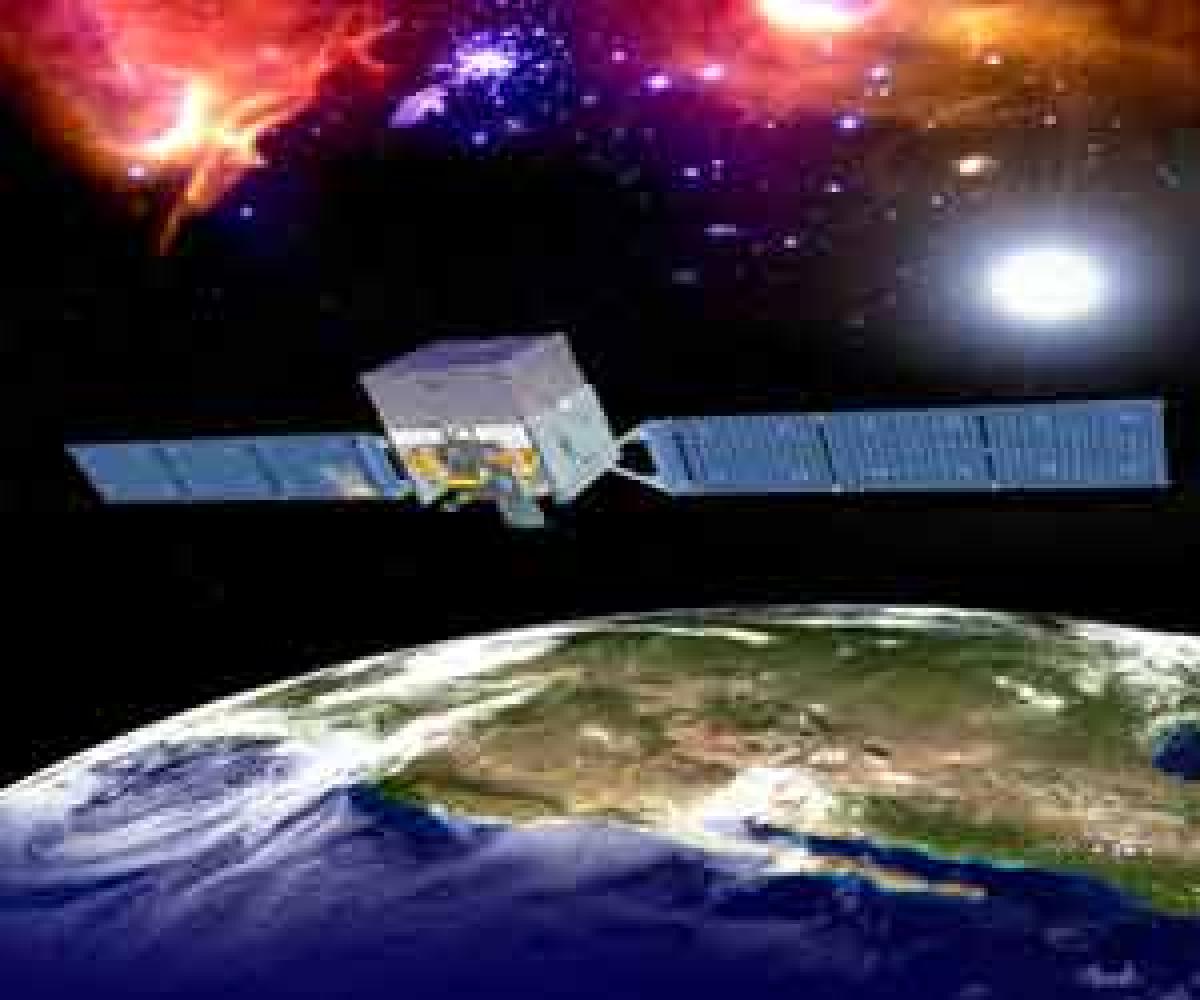Live
- Global South must work together: Kant
- Delhi High Court restrains misuse of Dr Devi Shetty’s name
- When to start a digital marketing course?
- Govt took many steps to boost progress of persons with disabilities: PM
- ISRO gears up for ESA’s Proba-3 launch today
- MLC bypolls to be held tomorrow
- Countdown begins for ISRO commercial mission
- Tiruchanur Brahmotsavam: Goddess rides on Garuda, Savabhoopala Vahanams
- Another honeytrap allegation against BJP MLA Munirathna
- Avoid saffron robes, tilak in public









